Circuit Description
The exhaust gas recirculation (EGR) valve is controlled by a brushless motor located on top of the EGR valve. The EGR valve motor uses three different motor legs to move the valve through its range of motion. The ECM uses the EGR motor A, B, and C wires to command the EGR valve to the appropriate position in order to meet EGR flow targets.The EGR valve motor contains three position sensors that detect the location of the EGR valve. These sensors report the position of the valve back to the ECM over the EGR valve position A, B, and C wires.
Component Location
The EGR valve location can vary, depending on the engine application.
Conditions for Running the Diagnostics
This diagnostic runs at initial key ON and occasionally during normal engine operation after the EGR valve is commanded closed.
Conditions for Setting the Fault Codes
The EGR valve motor measures the position of the EGR valve. If the valve is detected to be open to a position greater than a calibratible value, the fault code is set active.
Action Taken When the Fault Code is Active
The ECM illuminates the amber CHECK ENGINE lamp and/or the Malfunction Indicator Lamp (MIL) immediately when the diagnostic runs and fails.
The EGR valve will stop responding to commands.
Conditions for Clearing the Fault Code
To validate the repair, perform a key cycle and leave the key in the ON position for 3 minutes. Then start the engine and let it idle for 1 minute.
The fault code status displayed by INSITE? electronic service tool will change to INACTIVE immediately after the initial key ON EGR position check runs and passes.
The ECM will turn off the amber CHECK ENGINE lamp after the diagnostic runs and passes.
For On-Board Diagnostics (OBD) engines, the ECM will turn off the MIL after three consecutive trips where the diagnostic runs and passes.
The ?Reset All Faults? command in INSITE? electronic service tool can be used to clear active and inactive faults, as well as extinguish the MIL for OBD applications.
Shop Talk
When the keyswitch is initially turned ON and at various times during engine operation, the closed position of the EGR valve is checked. This diagnostic checks to make sure the EGR valve is not stuck open.
The EGR valve will close when the fault code is active. The fault code will remain active until the next key cycle.
The aftertreatment system must be inspected after making the appropriate repair outlined in this fault code troubleshooting tree. Progressive damage to the aftertreatment system may have occurred. Perform the Snap-Acceleration Test to check for a malfunctioning diesel particulate filter.
Possible Cause:
1) ECM calibration


 AGCO
AGCO ALLISON
ALLISON BENDIX
BENDIX BOBCAT
BOBCAT CAT
CAT CLAAS
CLAAS CNH
CNH DAF
DAF DETROIT
DETROIT EATON
EATON FREIGHTLINER
FREIGHTLINER HINO
HINO HITACHI
HITACHI ISUZU
ISUZU JCB
JCB JOHN DEERE
JOHN DEERE JPRO
JPRO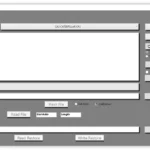 MAGIC TUNER
MAGIC TUNER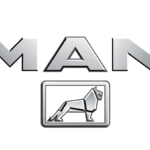 MAN
MAN Navistar
Navistar PACCAR
PACCAR PERKINS
PERKINS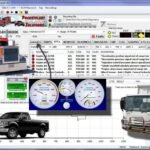 PF DIAGNOSE
PF DIAGNOSE PSI POWERLINK
PSI POWERLINK RENAULT
RENAULT SCANIA
SCANIA THERMO KING
THERMO KING UD NISSAN
UD NISSAN VOLVO
VOLVO WABCO
WABCO ZF TESTMAN
ZF TESTMAN
 BELL
BELL BENDIX
BENDIX BOBCAT
BOBCAT CARRIE
CARRIE DAF
DAF DETROIT
DETROIT EATON
EATON FUSO
FUSO MACK
MACK
 Cumminz
Cumminz ISB4.5 CM2150
ISB4.5 CM2150 All Engines (2017 Emissions)
All Engines (2017 Emissions) PACCAR
PACCAR
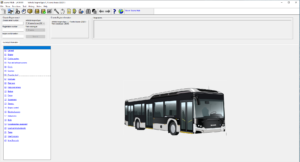


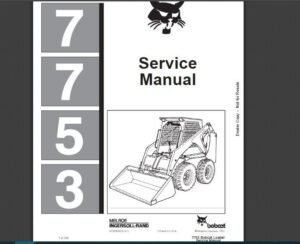

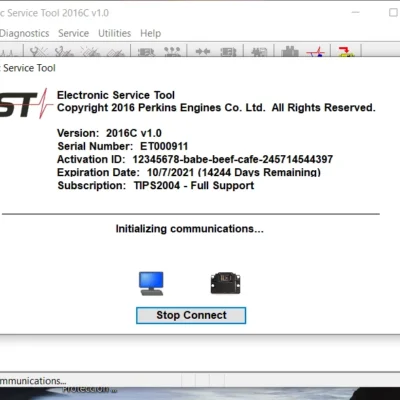
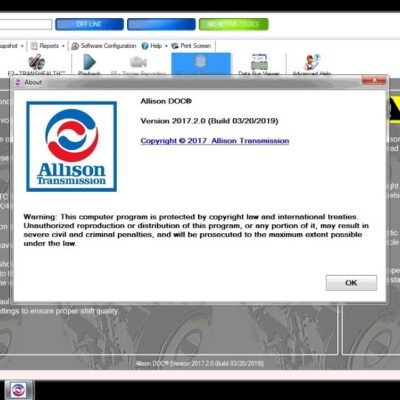
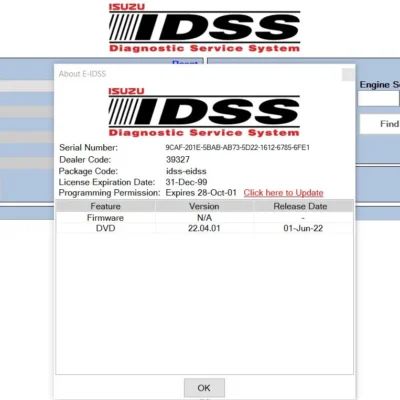

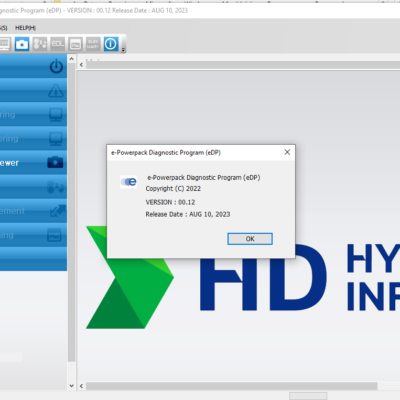
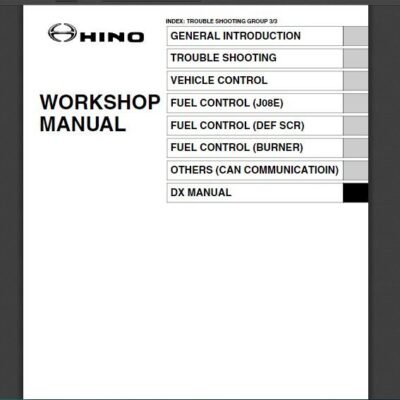


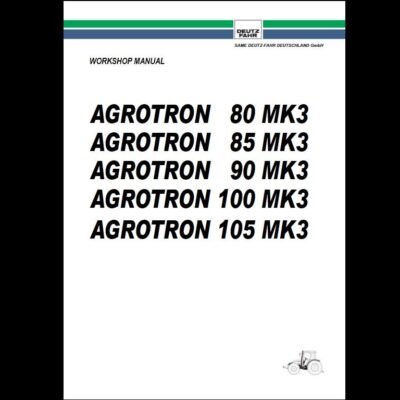
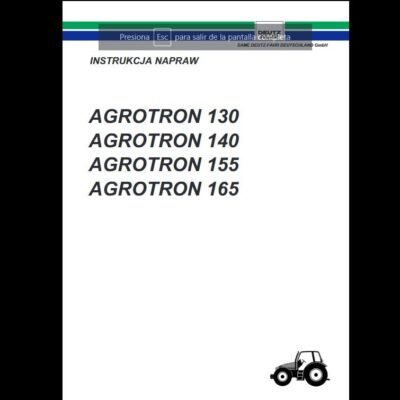
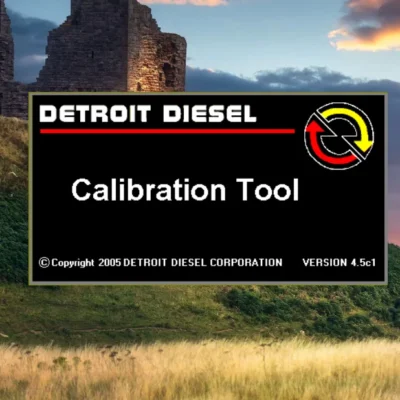
Reviews
Clear filtersThere are no reviews yet.